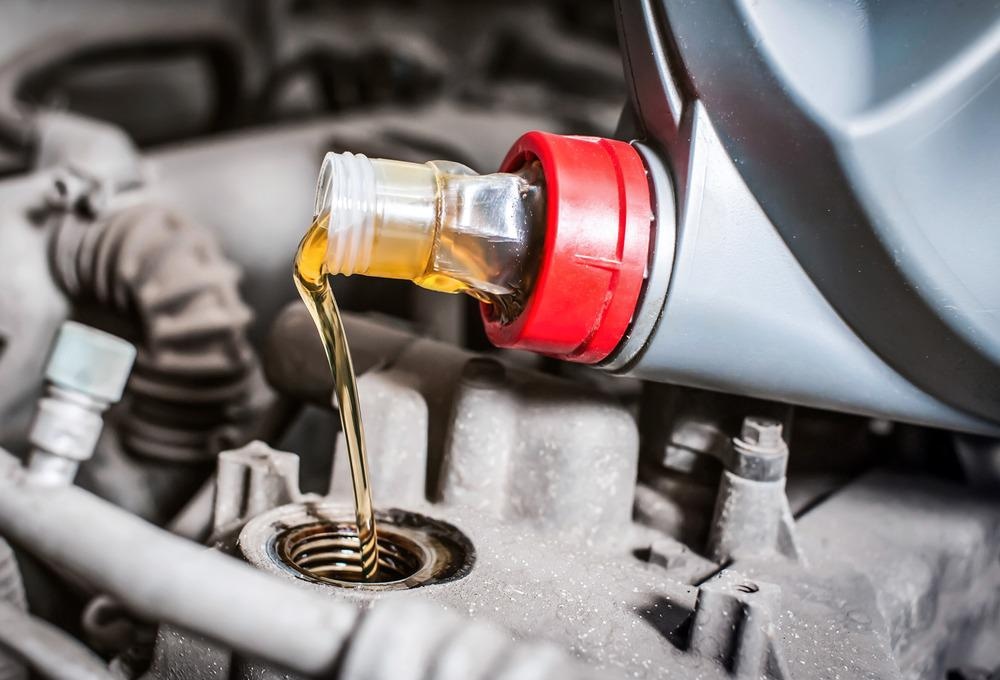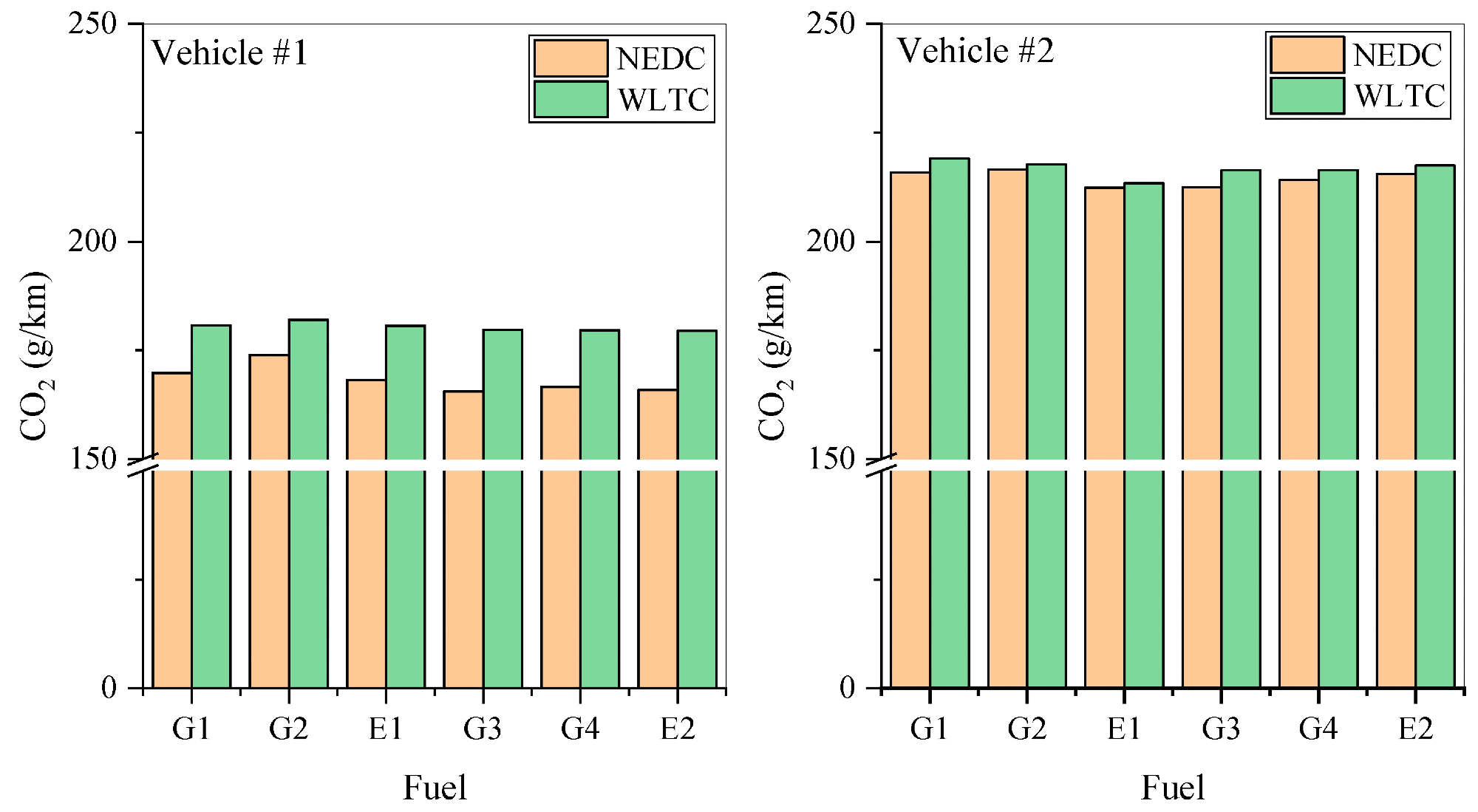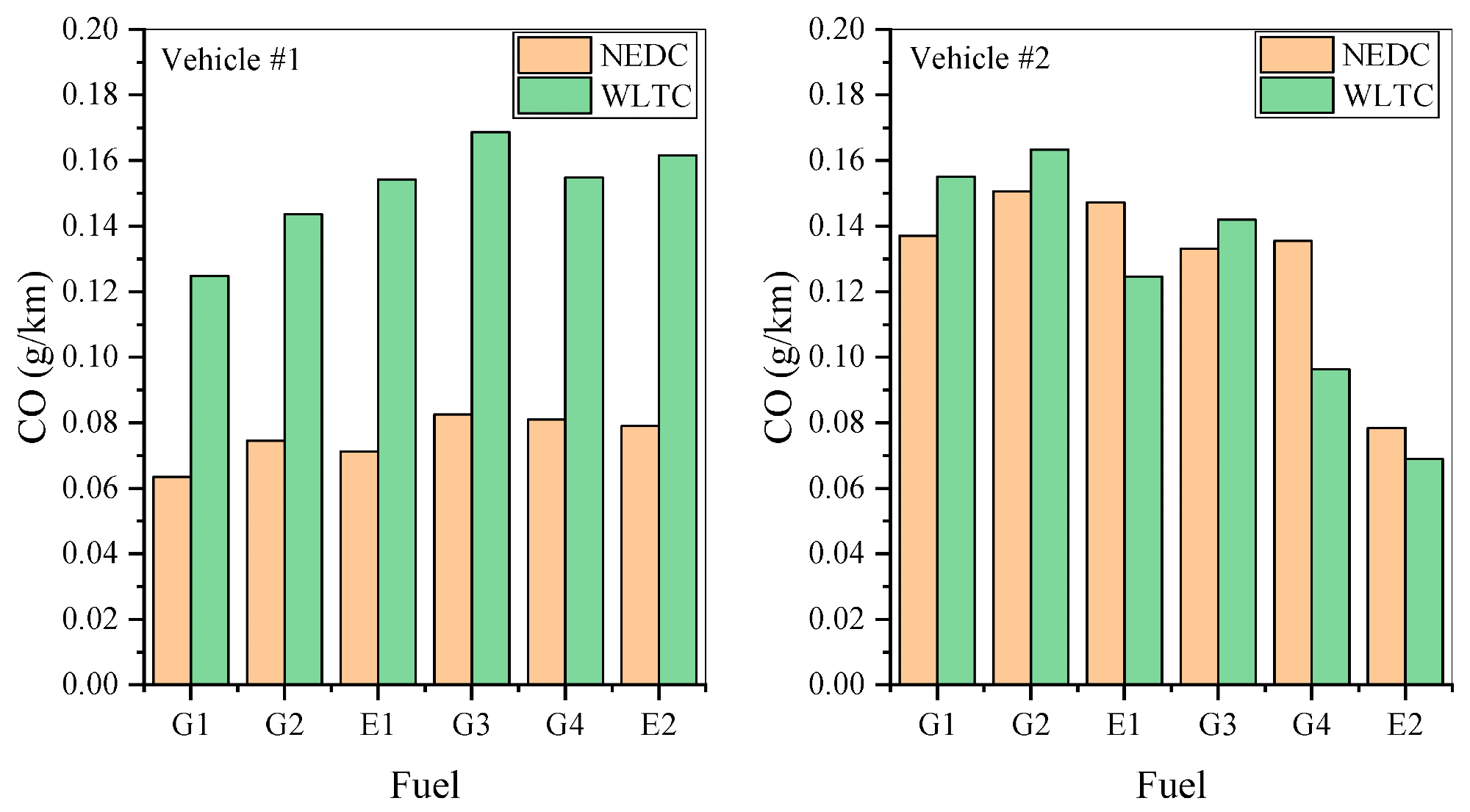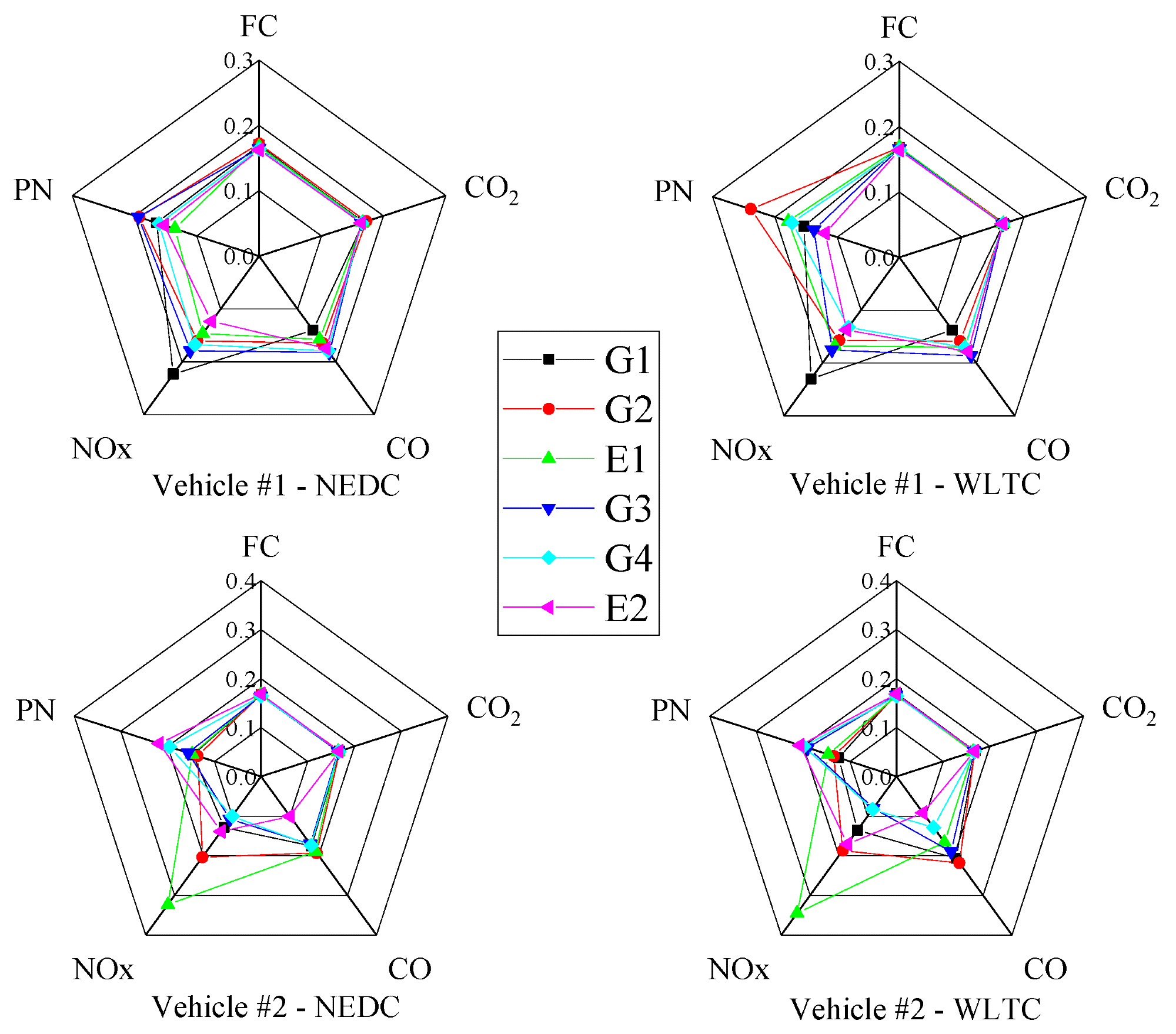A study in Energies has used a chassis dynamometer to study the emissions characteristics from two gasoline-powered vehicles using six types of fuel to evaluate their performance and provide information on resulting pollution.

Study: Comprehensive Analysis of the Pollutant Characteristics of Gasoline Vehicle Emissions under Different Engine, Fuel, and Test Cycles. Image Credit: alexdov/Shutterstock.com
The growth of the transportation sector has brought with it the critical issue of air pollution in urban areas from vehicle emissions. Monitoring the emissions of gasoline vehicles, which make up the majority of vehicles on the road, is a key factor in reducing harmful air pollution.
The Problem with Combustion Vehicles
Human society has rapidly developed over the past century, both economically and technologically. Increasing industrialization across all nations has led to the significant and rapid growth of urban areas and infrastructure, and with it, growing damage to the natural environment. Additionally, this increase has led to problems with particulate air pollution in urban areas from the growth in internal combustion engine (ICE) vehicles.

Specific CO2 for the six fuels. Image Credit: Lv, Z et al., Energies
The growth in the transportation industry can be seen as a key economic success of the 20th century, but this industry is one of the most polluting sectors in modern industrialized economies. In China alone, there were 348 million motor vehicles on the road in 2019, with gasoline vehicles accounting for 260 million, or 74.7%. In the UK in 2019, 326.3 kilotons of CO2 were emitted by vehicles, and cars alone were responsible for 12% of total NOX emissions.
How Fuel Type Affects Gasoline Engines
There are several types of gasoline that are available for commercial sale worldwide. Gasoline is a complex mixture of hydrocarbons, additives, and blends of compounds. Differences in fuel type are manifested in sulfur content, octane number, distillation range, and so forth.
Gasoline engines themselves differ in terms of fuel injection strategy and compression ratio, amongst other parameters. Fuel composition and engine settings influence factors such as gaseous emissions, particulate matter emissions, and fuel economy.
Amongst gasoline fuel parameters, one of the most important is the octane number. This affects the fuel’s anti-knocking quality and has a significant impact on emissions and engine performance. Engine design and compression ratio determine the optimal octane number of gasoline fuels. Generally speaking, the higher the octane number of the fuel, the better the engine performance. Recent studies have shown that higher octane fuels tend to emit more hydrocarbons and CO.

Specific CO emission for the six fuels. Image Credit: Lv, Z et al., Energies
Fuels with added ethanol are growing in popularity in many world economies as they have been demonstrated to reduce total hydrocarbon, nitrogen oxide, and carbon monoxide emissions. Some studies have indicated that they also produce fewer particulate emissions in the tail gas of vehicles.
This reduction in the particulate matter can be attributed to bonding between oxygen and OH, which promotes the oxidation of precursors. However, other studies have indicated that these types of fuel increase particulate matter emissions.
The Study
The objectives of the research paper in Energies are to investigate how engine operation characteristics, ethanol levels, and RONs affect the fuel economy and emissions of two gasoline direct injection (GDI) engines in light vehicles. These were evaluated over two test cycles – the New European Driving Cycle (NEDC) and the Worldwide harmonized Light vehicles Test Cycles (WLTC.) Each test cycle has different parameters, with the WDTC better reflecting real driving conditions.
The study analyzed the impact of the tested factors on gaseous emissions. Particle size distribution (PSD) and particle number concentration were discussed. The two engines were evaluated with six different fuel types on a chassis dynamometer, which is an industry-standard piece of equipment that accurately and consistently simulates real driving conditions. To ensure measurement consistency, each fuel type was fully burned up before the next fuel was tested.
Additionally, the study verified and supplemented previous studies in the research area. The results of the study provided important insight into how fuel type (RON/ethanol content) and engine operation characteristics affect gaseous and particle emissions.
Higher emissions and fuel consumption was observed for both vehicles under WLTC test conditions compared to NEDC test conditions. Fuel performance was found to affect vehicle emissions, with the RON and ethanol content having a significant impact, whereas olefin and aromatic content had negligible effect.

Radar chart of normalized pollutant emission factor. Image Credit: Lv, Z et al., Energies
Higher RON was found to increase fuel economy and reduce NOx emissions for both vehicles. Gasoline-ethanol fuel showed different CO, NOx, and PN emissions results for both tested vehicles. Higher particle number emissions were observed when the aromatic content of four traditional fuels was increased.
The study published in Energies has provided a significant knowledge base for future studies in monitoring and reducing harmful air pollution from the transportation sector. The authors have concluded that future vehicle promotion should be based on experimental support.
Further Reading
Lv, Z et al. (2022) Comprehensive Analysis of the Pollutant Characteristics of Gasoline Vehicle Emissions under Different Engine, Fuel, and Test Cycles [online] Energies 15(2) 622 | mdpi.com. Available at: https://www.mdpi.com/1996-1073/15/2/622
Disclaimer: The views expressed here are those of the author expressed in their private capacity and do not necessarily represent the views of AZoM.com Limited T/A AZoNetwork the owner and operator of this website. This disclaimer forms part of the Terms and conditions of use of this website.